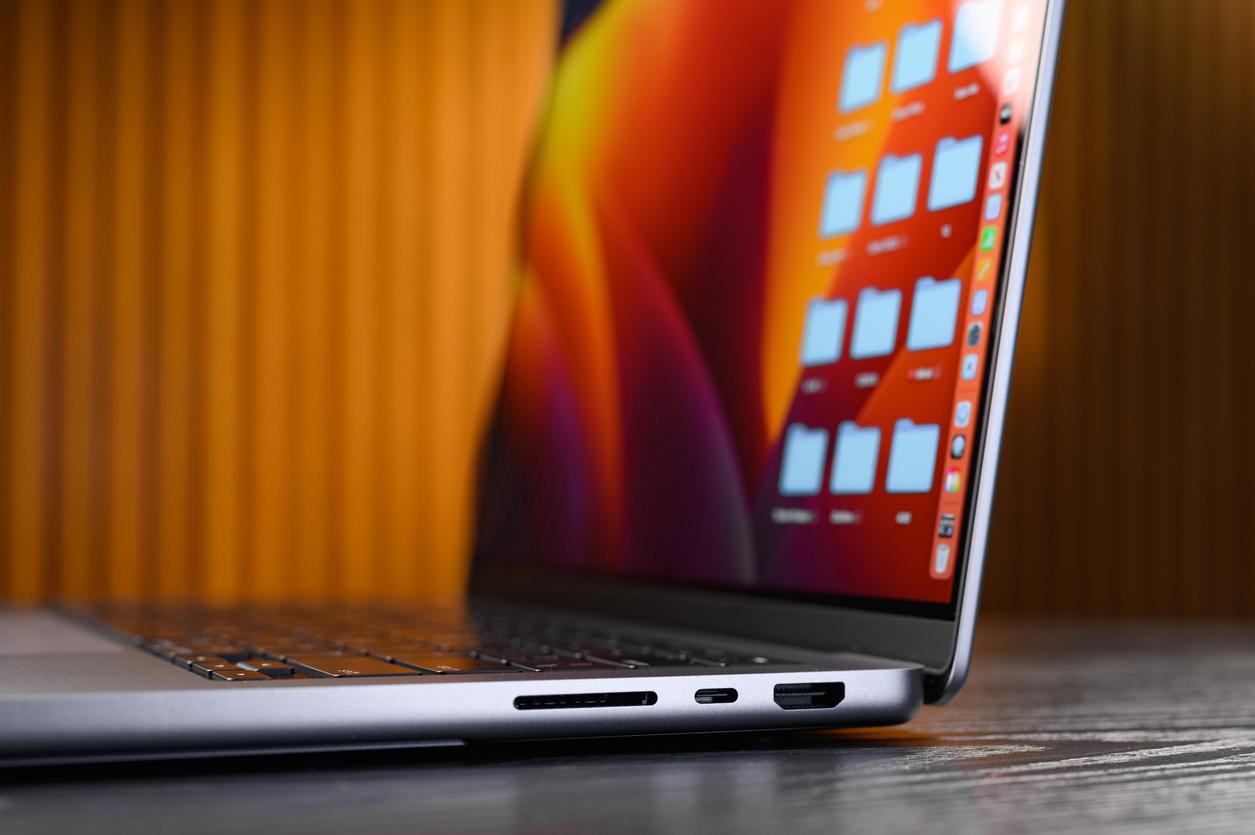Apple macOS users are currently under threat from a new and stealthy backdoor threat named RustDoor. Operating since November 2023, this Rust-based malware has managed to fly under the radar, targeting both Intel and Arm architectures. Don’t compromise on staying safe in the digital world — keep reading to learn more!
What Is the RustDoor Backdoor? How Does It Compromise Devices?
RustDoor, a new macOS backdoor discovered by BitDefender researchers, disguises itself as an update for Microsoft Visual Studio and infiltrates macOS systems, allowing cybercriminals unauthorized access to sensitive data and critical systems.
While the exact entry point of RustDoor remains unknown, according to researchers, it is distributed as FAT binaries containing Mach-O files, a deceptive strategy that makes it challenging to detect and poses serious risks to macOS users.
Symptoms of the RustDoor Backdoor Malware Infection
Detecting RustDoor on a macOS device can be challenging due to its stealthy nature. However, there are several signs that may indicate a potential infection:
- Sluggish performance: If your macOS device suddenly becomes slow or unresponsive, it could be a sign of RustDoor’s presence.
- Unusual network activity: If you notice unexpected network connections or increased data traffic and transfers, it indicates that there is communication with remote servers.
- Unauthorized file access: If attackers successfully exploit RustDoor, they can gain remote access to the infected device, potentially compromising sensitive data or installing additional malware.
- Strange behavior: Unexpected pop-ups, system crashes, or unusual behavior may indicate an infection.
What Should You Do?
If you suspect that your macOS device has been infected with RustDoor, it is crucial to take immediate action to mitigate the threat:
- Disconnect from the internet: Temporarily disconnect your device from the internet to prevent further communication with remote servers and limit the spread of the malware.
- Update security software: Ensure that your macOS security software is up-to-date and perform a thorough system scan to detect and remove the malware.
- Change passwords: As a precautionary measure, change the passwords for your online accounts to prevent unauthorized access by attackers.
- Report the incident: Notify your organization’s IT department or relevant authorities about the incident to assist in the investigation of the threat.
How to Protect Yourself?
To safeguard your macOS device against these threats, it’s essential to implement robust cybersecurity measures:
- Keep your macOS up-to-date: Regularly install macOS updates to patch known vulnerabilities and improve system security.
- Install security software: Install and regularly update antivirus and antimalware software to detect and remove malicious threats. Consider using Trend Micro Antivirus for Mac to safeguard your macOS device. Trend Micro’s robust protection can help defend against backdoor threats like RustDoor.
- Be vigilant: Be wary of suspicious emails, links, and downloads, as they may contain malware or phishing attempts.
- Enable Firewall Protection: Activate the built-in firewall on your macOS device to monitor and control incoming and outgoing network traffic.
- Practice good cybersecurity hygiene: Use strong, unique passwords for your accounts, enable two-factor authentication where possible, and regularly back up your data to mitigate the impact of a potential breach.
Proactive steps can significantly reduce your risk, ensuring protection of your digital life and keeping threats like RustDoor away from your door!
